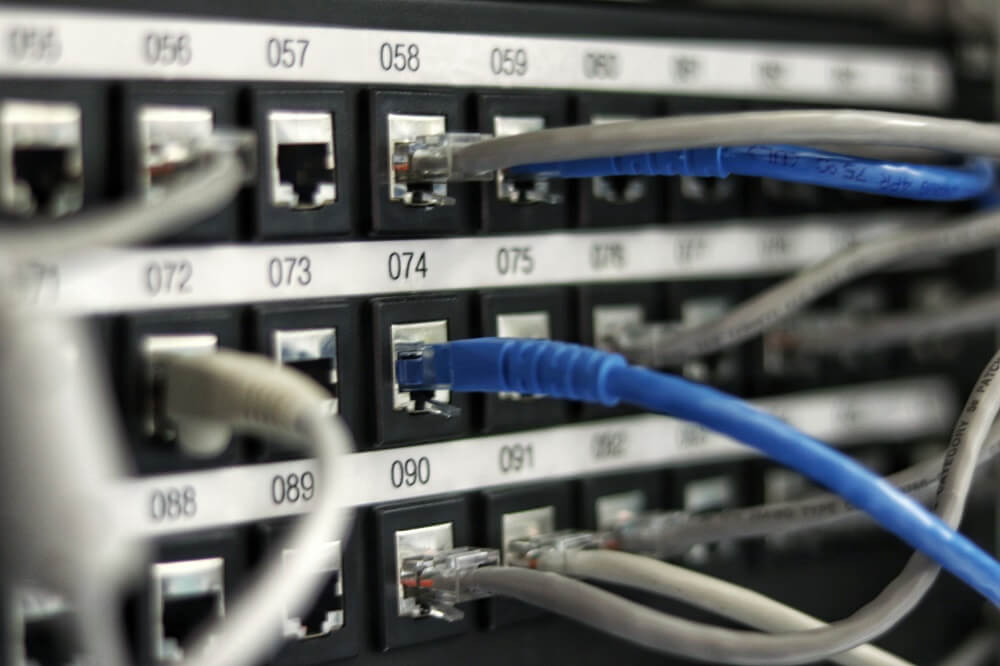Next-generation physical security applications have high-performance requirements that on-premise hardware struggles to meet. Cloud deployments are the solution to improving building security with new technology while reducing costs.
The Past: On-Premise Dominance
Security software applications such as Video Management Systems (VMS) and Access Control solutions are traditionally deployed on on-premise servers. These workloads have low-performance needs, making on-premise a good fit:
- Compute requirements were low, allowing the use of cheap commodity hardware.
- Single-site deployments meant network traffic from security cameras was very high internally and very low over the internet.
- Security systems were fragmented. For example, VMS often didn’t integrate with access control, reducing IT complexity and the associated compliance and cybersecurity burden.
The Future: Networked Security
New technologies like drones, multi-site deployments, building automation, and artificial intelligence increase the effectiveness of existing on-premise solutions but come with high-performance requirements and increased complexity:
- Meeting peak performance requirements of AI and building automation requires expensive server hardware that sits idle 90% of the time, wasting money.
- Multi-site deployments result in large amounts of bi-directional video traffic, using a lot of internet bandwidth.
- On-premise software and hardware integrations often require extensive customizations, slowing implementation, driving cost overruns, and creating cybersecurity vulnerabilities.
The Solution: Cloud-Based AI
On-premise servers are effective for existing workloads but struggle with next-generation technology. Locating new security applications on the cloud resolves the challenges of supporting these new workloads while virtually eliminating the up-front cost associated with purchasing servers:
- You pay for what you use on the cloud, eliminating the cost of under-used servers and storage.
- Cloud deployments centralize network traffic, cutting the congestion on local networks and simplifying network management, with only modest increases in internet bandwidth usage.
- Internet-based integrations use simple, open APIs hosted on servers with world-class security and maintenance, reducing IT maintenance.
Access Actuate's Cloud-Hosted Security White Paper




